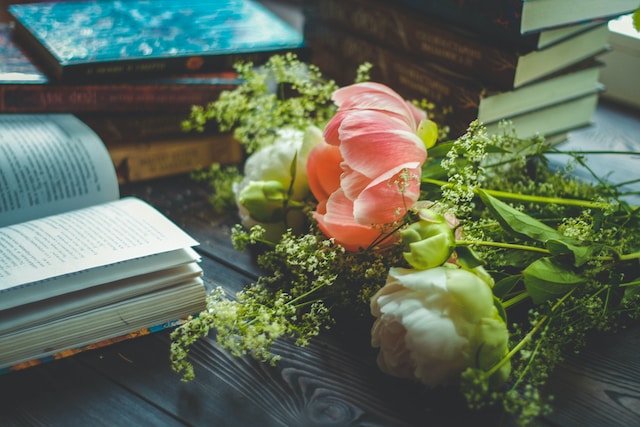I have recently become a huge fan of Substack newsletters. People write mostly longform content about the thing they are most passionate about. It’s a great place to find smart writing about a range of different topics. This includes gardening. In terms of gardening and nature, the newsletter I’m loving most so far is Lia’s…
garden reading
13 Gardening Books on My To Be Read Shelf
I love my local library. In fact, I get pleasure not just from going to the library and reading the books I get there but also from the process of looking through their catalog regularly and adding books to my “for later shelf.” There’s something satisfying about even just learning about which books are out…

